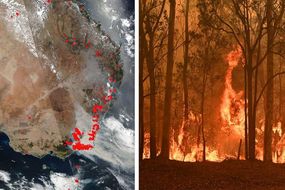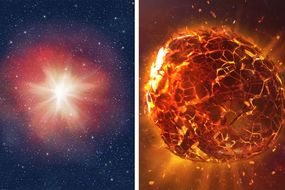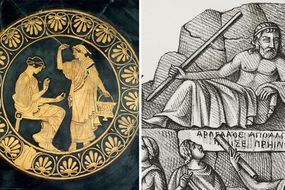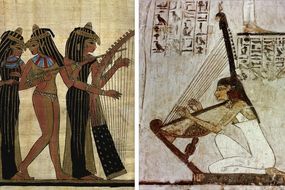Archaeology breakthrough: Researchers crack the secrets of Native American astronomy – Express.co.uk
ARCHAEOLOGISTS studying the wall carvings of Native American communities in Castle Rock Pueblo have discovered astonishing astronomical practices dating back 800 years.
The discovery in southwest Colorado, US, suggests the Pueblo people had a firm grasp of the Sun’s movement across the skies. Located in the Mesa Verde National Park, the Pueblo people carved incredible settlements into the bare rock of Colorado’s numerous canyons.
The settlements were constructed in 13th century but the Native American tribes left behind a treasure trove of information about their life and culture.
A team of archaeologists from Poland were, in particular, interested in about 40 Pueblo settlements adorned with bizarre stone carvings and murals.
The researchers from the Jagiellonian University of Krakow were stunned to find some of the carvings correspond to specific astronomical events.
But the discovery could have only been confirmed on four very specific dates when the Sun journeyed across the skies in an unusual manner.
READ MORE: Ancient skeleton and gold found buried in Siberia’s ‘Valley of Kings’
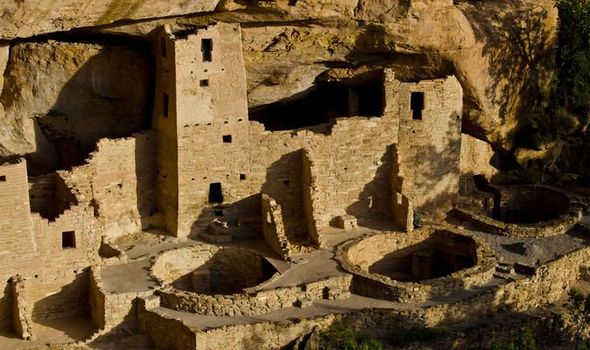
Archaeology breakthrough: The Pueblo people carved these incredible settlements (Image: GETTY)
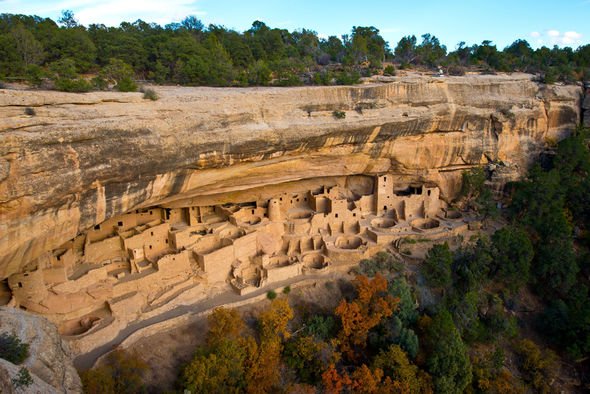
Archaeology breakthrough: The Pueblo settlements are in Mesa Verde National Park (Image: GETTY)
READ MORE
-
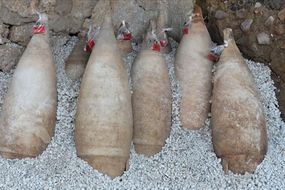
Pompeii: How archaeologists found ‘ketchup of Roman Empire’
According to Dr Radosław Palonka, the carvings’ meaning was unveiled during the two solstices and two equinoxes.
The archaeologist told the Polish Press Agency: “Since 2014, we have been discovering numerous carvings and rock paintings.
“Some of them weren’t even known to scientists until now.”
Because many of the carvings were located in the shadowy recesses of the Pueblo settlements, the archaeologists speculated they were illuminated only on very specific dates.
Dr Palonka said: “Our intuition didn’t deceive us. We believe these carvings are in at least six of the settlements studied by us, and in two, we have carried out direct observations over many hours and many days.”
One such carving was found on a south-facing wall next to a defensive structure from 800 years ago.
We have been discovering numerous carvings and rock paintings
The carving features many geometric patterns and spiral shapes that at first might not make much sense.
And because the carving is protected by a rock overhang, it spends most of the year in the shadows.
But on the day of the winter solstice, on December 22, the Sun’s rays pass over the rock and its individual carvings.
During the winter solstice, the Earth’s north pole is titled away from the Sun as far as possible.
DON’T MISS
Researchers make strange finding which could prove Bible true [INSIGHT]
World’s first human head transplant could take place in 10 years [ANALYSIS]
Scientist hopes to ‘bend time backwards’ with lasers [BREAKING]
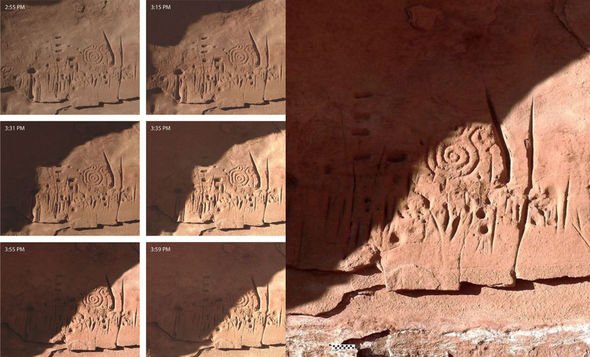
Archaeology breakthrough: Some carvings are only lit up on specific dates (Image: Ross Gralia, Michał Znamirowski)
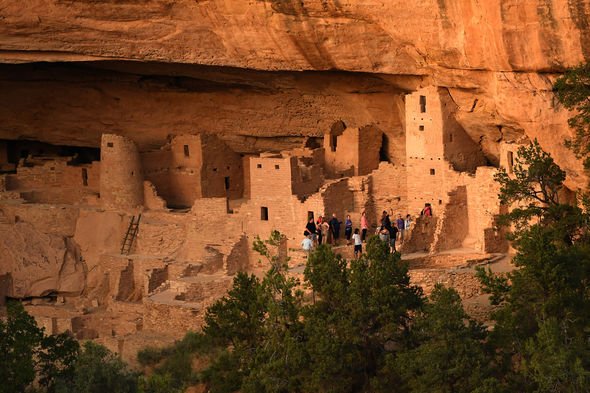
Archaeology breakthrough: The Pueblo carvings could have been calendars (Image: GETTY)
READ MORE
-
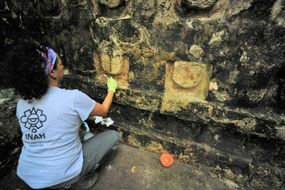
Archaeology shock: Experts discover mysterious Mayan palace
As a result of the tilt, cold weather settles in the Northern Hemisphere and the Sun is at its lowest elevation in the sky.
Dr Palonka said: “It turned out, during the winter solstice on December 22, the Sun’s rays move across the entire central section of the panel with the carvings and pass through the spirals and the longitudinal cuts.”
The same effect was observed six months later during the spring equinox in March.
Although the Pueblo eventually abandoned their canyon settlements there are still modern-day Pueblo tribes living across America.
Interviews with the Native Americans have led Dr Palonka to believe the intricate wall carvings served as calendars.
The archaeologist said: “The first interactions between the Sun and the spirals on the carving-covered panel began a few weeks before the winter solstice.
“The phenomenon could signal the start of preparations and the whole process of rituals and ritual treatments, dances and celebrations, which culminated during the winter solstice.
The researcher added astronomical events such as the solstices and equinoxes still play a crucial role for Pueblo tribes in Arizona and New Mexico.
He said: “Even today they mark rituals, celebrations and events tied to agriculture: sowing, harvests are preparations for these practices.”
